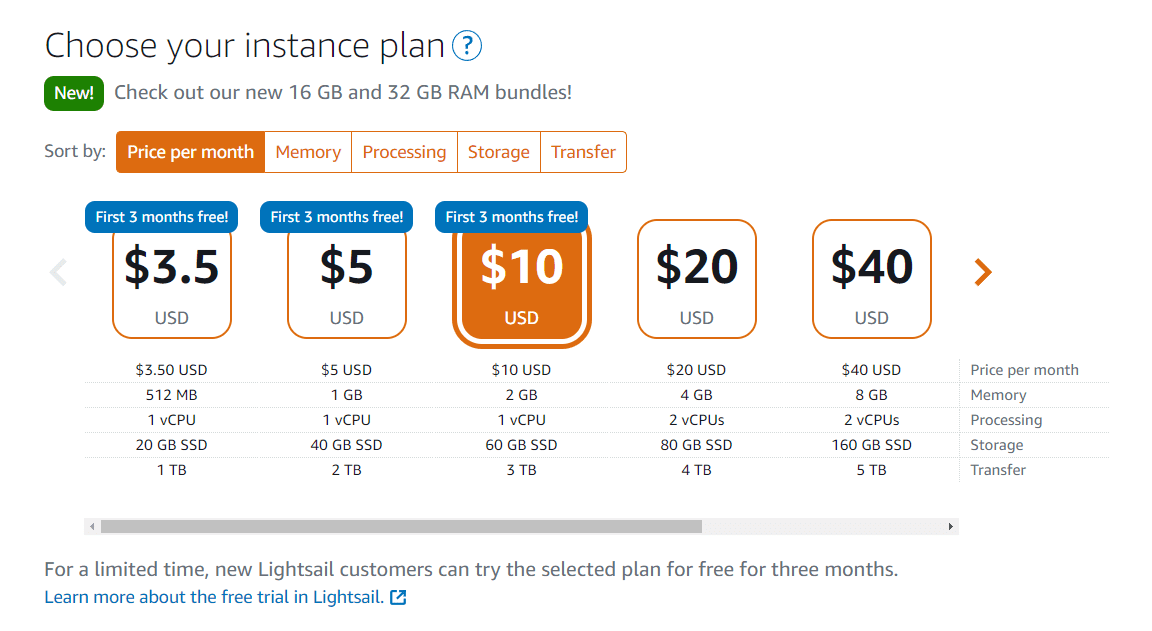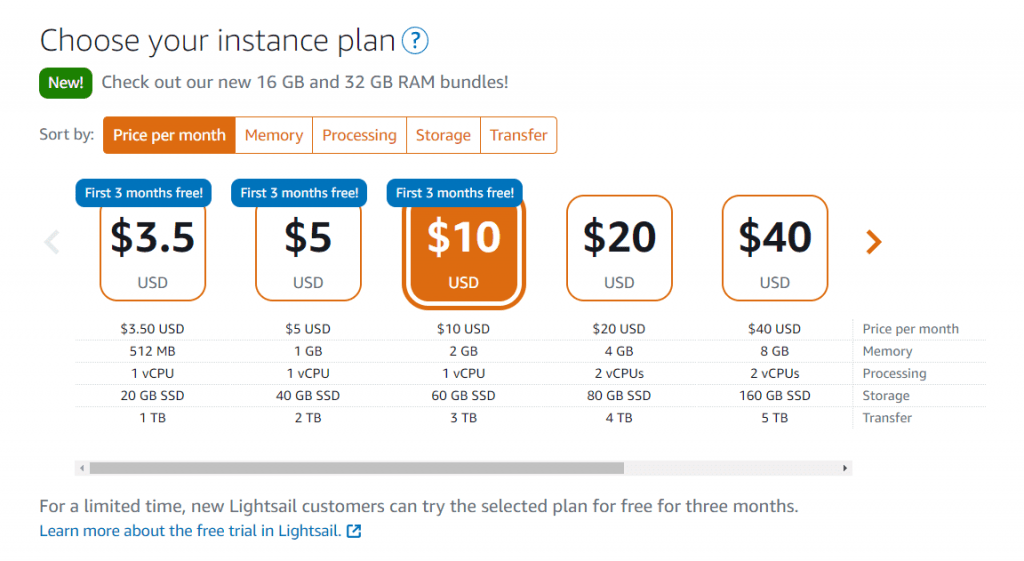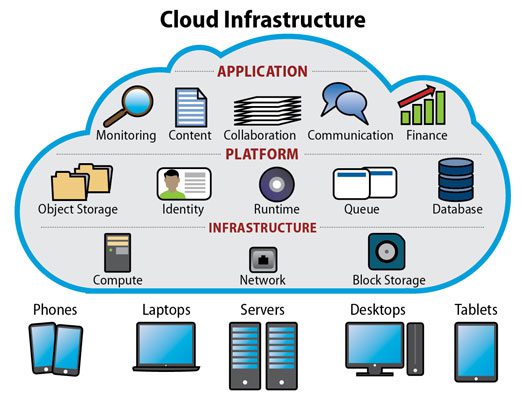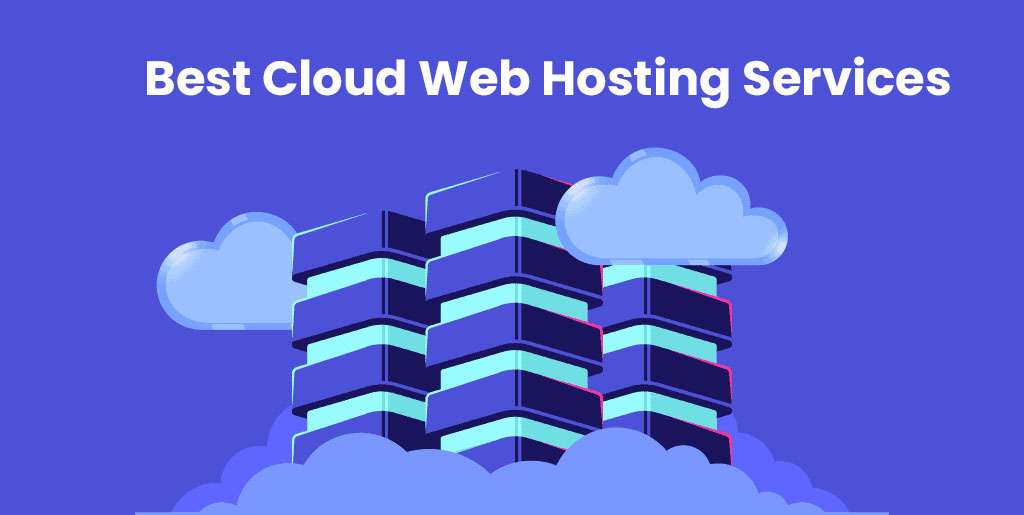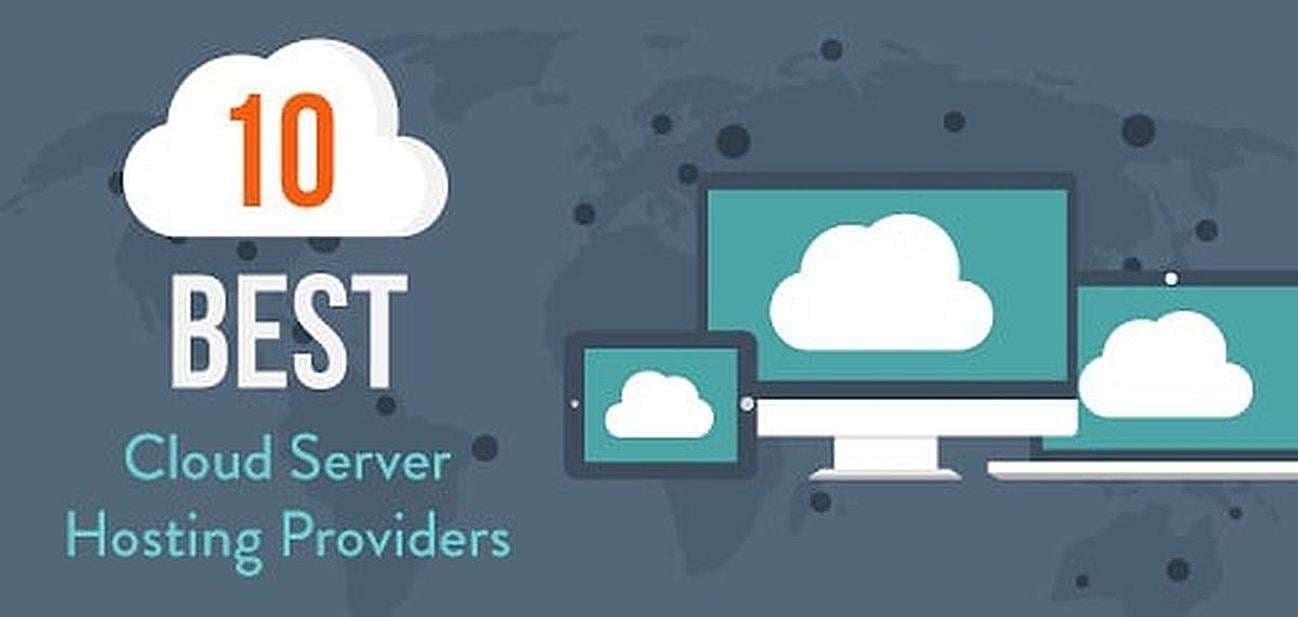Introduction
In today’s digital age, having a robust and reliable web hosting service is essential for any online venture. Amazon Web Services (AWS) has emerged as a prominent player in the cloud hosting industry, providing scalable and cost-effective solutions to businesses of all sizes. This article delves deep into the intricacies of Amazon AWS web hosting pricing, exploring various plans, features, and advantages. Whether you are a startup, a growing business, or an established enterprise, understanding AWS pricing can help you make informed decisions to optimize your hosting costs while ensuring peak performance.
Amazon AWS Web Hosting Pricing: Unraveling the Cost Models
Amazon AWS offers a diverse range of pricing models, enabling users to choose the one that best aligns with their specific needs and budget. Below are some of the most popular pricing options offered by AWS:
1. Pay-as-you-go Pricing
Under this model, often referred to as On-Demand, users pay for the computing resources they consume without any upfront commitment. This flexibility makes it ideal for businesses with fluctuating workloads or those looking to test applications before committing to a more fixed pricing option.
2. Reserved Instances (RIs)
Reserved Instances involve purchasing a capacity reservation for an extended period, typically one to three years, in exchange for significantly discounted hourly rates. This option is suitable for applications with steady or predictable usage, as it can lead to substantial savings over time.
3. Spot Instances
Spot Instances allow users to bid for unused AWS capacity, enabling them to access computing resources at remarkably low prices. However, this pricing model comes with a caveat – if the spot price exceeds your bid price, the instance may be terminated.
4. Dedicated Hosts
Dedicated Hosts provide physical servers fully dedicated to your use, offering increased visibility and control over your infrastructure. This model is an excellent choice for businesses with stringent compliance and regulatory requirements.
5. Savings Plans
Savings Plans combine the benefits of RIs and On-Demand pricing, providing flexibility and cost savings on a broad range of AWS services. They offer significant discounts in exchange for a commitment to a consistent amount of computing usage.
6. Free Tier
For those new to AWS, the Free Tier provides an opportunity to explore the platform with a limited set of services at no cost for up to 12 months. It’s an excellent way to get started and familiarize oneself with AWS services without incurring charges.
Understanding the Components of Amazon AWS Web Hosting Pricing
Amazon AWS web hosting pricing comprises several key components that contribute to the overall cost. Understanding these components will help you analyze your usage and optimize expenses. Let’s explore them one by one:
1. Compute Pricing
Compute pricing refers to the cost associated with the computing resources used, such as virtual servers, containers, or serverless functions. It is one of the major cost components and varies based on the chosen instance type and usage model.
2. Storage Pricing
Storage pricing includes the charges for storing data on AWS, such as Amazon S3 for object storage or Amazon EBS for block storage. The cost depends on the amount of data stored and any additional features utilized, like data transfer or data retrieval.
3. Data Transfer Pricing
Data transfer pricing encompasses the fees incurred when moving data in and out of AWS. It’s crucial to consider data transfer costs, especially for applications with high incoming or outgoing data traffic.
4. Network Pricing
Network pricing is associated with the data transferred between AWS services within different availability zones and regions. Minimizing data movement across regions can help optimize expenses.
5. Additional Services Pricing
Apart from the core compute, storage, and data transfer services, AWS offers a wide array of additional services such as databases, analytics tools, AI/ML services, and more. Each service may have its own pricing model, so it’s essential to understand the costs of using these services if required.
Selecting the Right Pricing Model for Your Needs
With various pricing models available, choosing the right one can significantly impact your hosting costs and overall budget. Here are some factors to consider when selecting a pricing model:
1. Usage Pattern and Workload
Assess your application’s usage pattern and workload to determine whether it fluctuates or remains consistent. This evaluation will help you decide between On-Demand, Reserved Instances, or Savings Plans.
2. Financial Commitment
Consider your financial commitment to AWS and your willingness to make upfront payments. Reserved Instances require a long-term commitment, while Spot Instances provide short-term cost benefits.
3. Application Flexibility
For applications that can handle interruptions gracefully, Spot Instances can be a cost-effective choice. However, critical applications may necessitate On-Demand or Reserved Instances for stability.
4. Scaling Requirements
If your application demands rapid scaling based on traffic and usage fluctuations, On-Demand instances provide the flexibility you need without any pre-planning.
5. Long-Term Growth Plans
For businesses with steady growth projections, investing in Reserved Instances or Savings Plans can lead to substantial savings over time.
FAQs about Amazon AWS Web Hosting Pricing
Q: How does Amazon AWS web hosting pricing compare to other hosting solutions?
A: Amazon AWS web hosting pricing is competitive and provides a wide range of flexible options. It allows you to pay only for the resources you use, making it more cost-efficient than traditional hosting solutions.
Q: Can I change my pricing model after choosing one?
A: Yes, you can modify your pricing model based on your changing needs. For instance, you can switch from On-Demand to Reserved Instances or vice versa.
Q: Is the Free Tier suitable for production use?
A: The Free Tier is designed for exploration and testing purposes. While it’s excellent for getting started, it may not be sufficient for production-level applications.
Q: How can I estimate my AWS costs before deploying?
A: AWS provides a simple-to-use cost calculator that allows you to estimate your expenses based on your intended usage.
Q: Can I use multiple pricing models simultaneously?
A: Absolutely! You can combine different pricing models to optimize costs for various components of your application.
Q: Are there any hidden fees in Amazon AWS web hosting pricing?
A: AWS is transparent about its pricing, and you can find detailed information about all the costs associated with each service on its website.
Conclusion
Amazon AWS web hosting pricing offers an extensive array of pricing models to cater to businesses with diverse needs and budgets. By understanding the different pricing options, cost components, and factors affecting your decision, you can make informed choices to optimize your hosting expenses. Whether you’re a startup or an established enterprise, Amazon AWS web hosting presents cost-efficient cloud solutions that empower your business to grow and thrive in the digital landscape.
